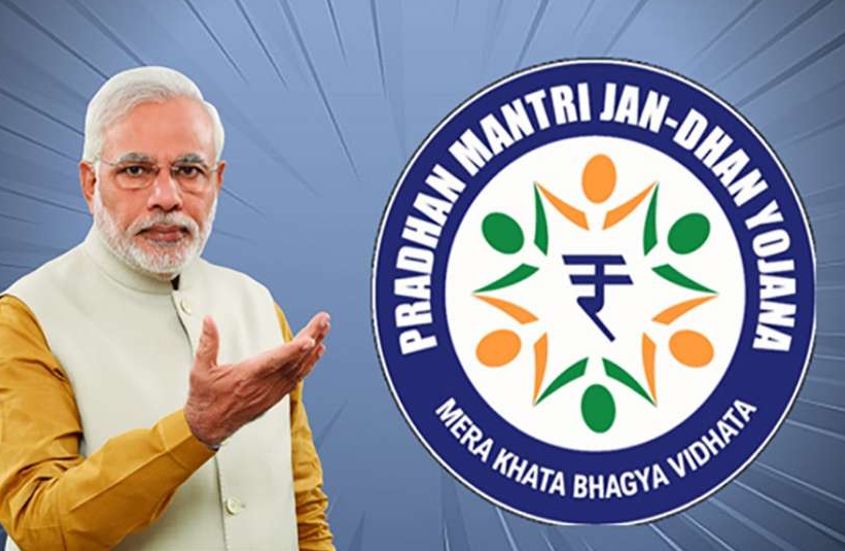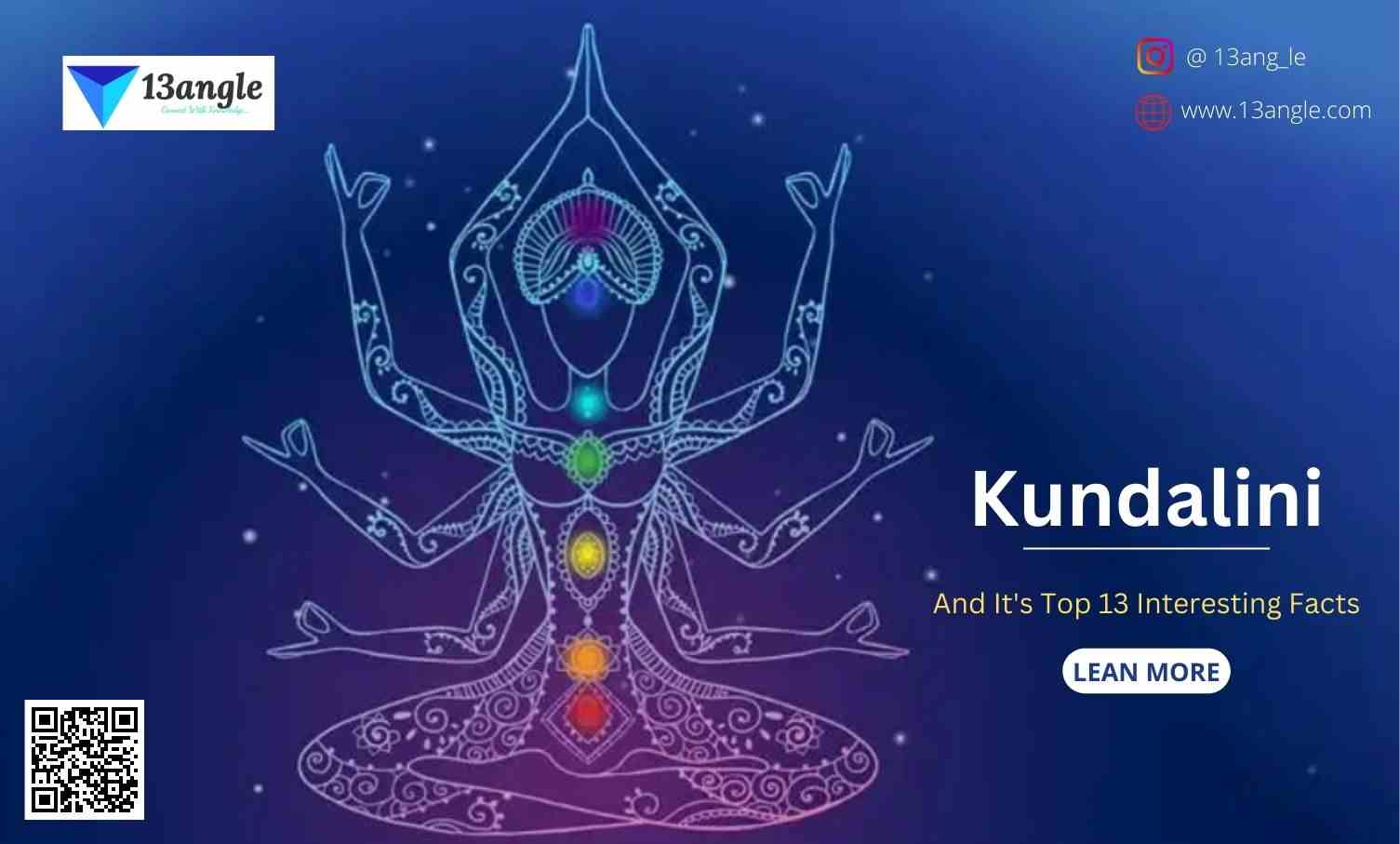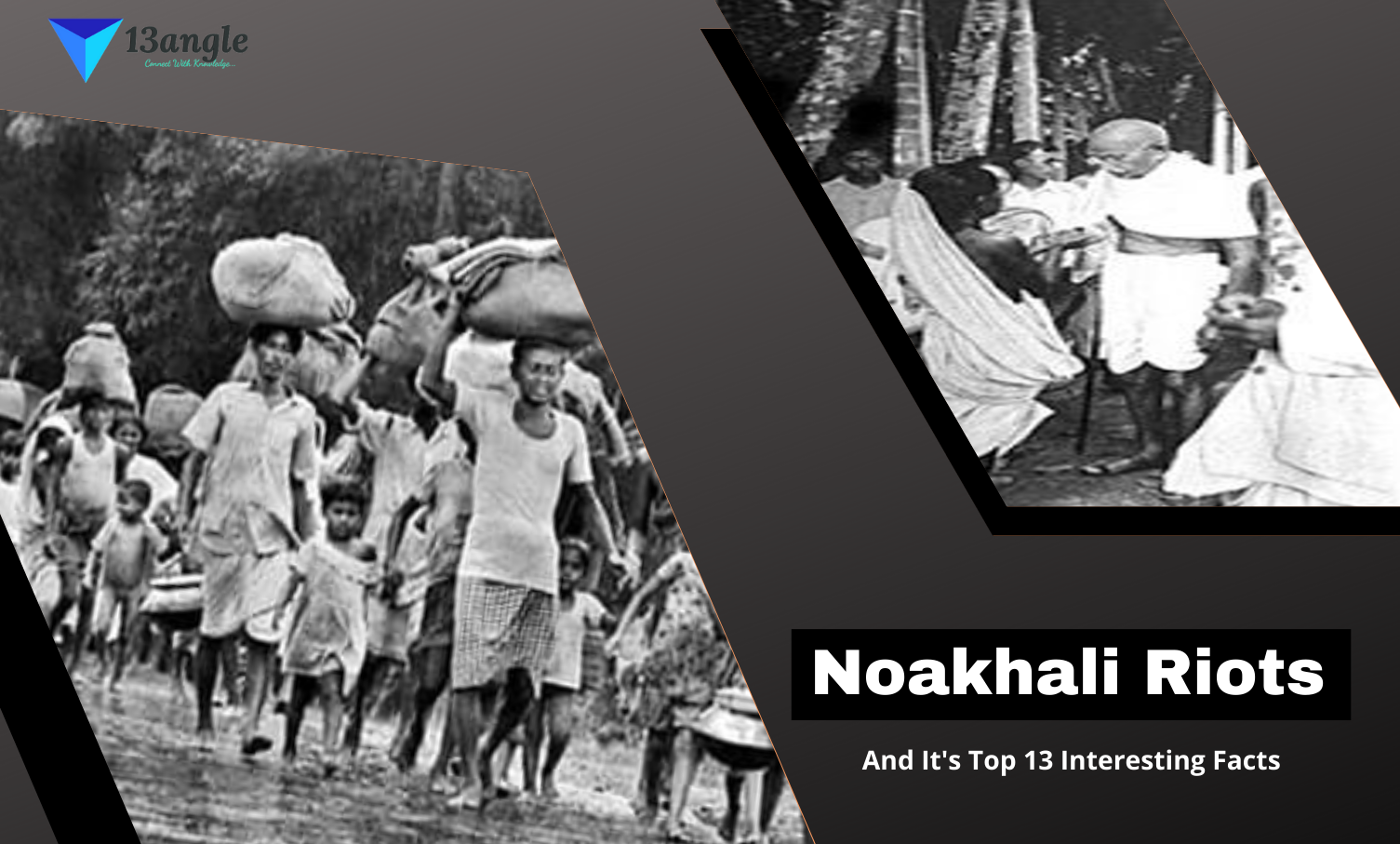
Overview
Pradhan Mantri Jan Dhan Yojana (PMJDY) is a financial inclusion scheme launched by the Government of India on August 28, 2014. The aim of the scheme is to provide access to financial services like banking and insurance to the underprivileged sections of society, especially in rural areas. The scheme is a part of the National Mission for Financial Inclusion, which seeks to provide financial access to all households in the country. Under PMJDY, people are encouraged to open bank accounts, and they can avail of various benefits like debit cards, insurance, overdraft facilities, and pension schemes. The scheme is primarily targeted toward the poor, the unbanked, and the underbanked sections of society.
PMJDY is one of the largest financial inclusion schemes in the world, with more than 43 crore accounts opened under the scheme as of March 2021. The scheme has been successful in promoting financial inclusion, reducing leakages in government schemes, and increasing access to formal credit for individuals and businesses.
PMJDY has played a significant role in promoting financial inclusion and has helped millions of people gain access to formal banking services, thereby promoting financial literacy, increasing savings, and improving the overall financial well-being of the country.
Objectives
The primary objectives of Pradhan Mantri Jan Dhan Yojana (PMJDY) are:
Financial inclusion: The main objective of PMJDY is to provide access to financial services like banking and insurance to the underprivileged sections of society, especially those who are unbanked or underbanked.
Access to banking services: PMJDY aims to provide universal access to banking facilities for all households in the country, including the rural and remote areas.
Direct benefit transfer: The scheme is aimed at promoting the government’s Direct Benefit Transfer (DBT) initiative by ensuring that all beneficiaries have bank accounts and can receive government subsidies and benefits directly.
Encouraging savings: PMJDY also aims to promote a savings culture among the masses, especially the poor, by encouraging them to open bank accounts and deposit their savings in them.
Providing insurance cover: The scheme also provides basic insurance cover to account holders to protect them from life and accident-related risks.
Promoting financial literacy: PMJDY aims to promote financial literacy among the masses by providing them with access to formal banking services and encouraging them to use them.
Overall, PMJDY aims to promote financial inclusion and increase access to formal banking services for the underprivileged sections of society, thereby promoting financial literacy and improving the overall financial well-being of the country.
Key Features
Here are some of the key features of the Pradhan Mantri Jan Dhan Yojana (PMJDY):
Zero balance account: PMJDY allows individuals to open a zero-balance savings account without any requirement for a minimum balance.
Debit card: All account holders under the scheme are provided with a RuPay debit card, which can be used for transactions at ATMs, point of sale (POS) machines, and online transactions.
Overdraft facility: Account holders can avail of an overdraft facility of up to Rs. 10,000 after satisfactory operation of the account for six months.
Mobile banking: PMJDY offers mobile banking facilities, including fund transfers, balance inquiries, and mini statements.
Insurance cover: PMJDY account holders are provided with free accidental insurance cover of up to Rs. 2 lakhs and life insurance cover of up to Rs. 30,000.
Pension scheme: PMJDY account holders are eligible for the Pradhan Mantri Suraksha Bima Yojana and Pradhan Mantri Jeevan Jyoti Bima Yojana, which provide insurance cover and pension benefits.
Direct benefit transfer: PMJDY accounts are linked to Aadhaar cards, and this helps in the direct transfer of subsidies, pensions, and other government benefits to the beneficiary’s account.
- Financial literacy: PMJDY provides financial literacy training to account holders to promote financial literacy and awareness among the masses.
Overall, PMJDY has several key features that help promote financial inclusion, increase access to formal banking services, and provide financial security to the underprivileged sections of society.
Benefits
There are several benefits of Pradhan Mantri Jan Dhan Yojana (PMJDY):
Financial inclusion: PMJDY has played a significant role in promoting financial inclusion by providing access to banking services to the underprivileged sections of society, especially those who are unbanked or underbanked.
Direct benefit transfer: PMJDY has helped in promoting the government’s Direct Benefit Transfer (DBT) initiative by ensuring that all beneficiaries have bank accounts and can receive government subsidies and benefits directly.
Increased savings: PMJDY has helped in promoting a savings culture among the masses, especially the poor, by encouraging them to open bank accounts and deposit their savings in them.
Access to credit: PMJDY has increased access to formal credit for individuals and businesses, thereby promoting entrepreneurship and economic development.
Financial security: PMJDY provides insurance cover to account holders, which helps in providing financial security to the underprivileged sections of society.
Transparency: PMJDY has helped in reducing leakages in government schemes by ensuring that benefits are directly transferred to the beneficiaries’ accounts, thereby increasing transparency and reducing corruption.
- Financial literacy: PMJDY has promoted financial literacy among the masses by providing them with access to formal banking services and encouraging them to use them.
Overall, PMJDY has played a crucial role in promoting financial inclusion, reducing poverty, and increasing economic development in the country. The scheme has helped in providing access to formal banking services to millions of people and has helped in improving their overall financial well-being.
Eligibility Criteria
The eligibility criteria for Pradhan Mantri Jan Dhan Yojana (PMJDY) are as follows:
Age: Any individual above the age of 10 years can open a PMJDY account.
Identity proof: Individuals need to provide any of the following documents as identity proof to open a PMJDY account – Aadhaar card, Voter ID, Driving license, PAN card, Passport, or NREGA card.
Address proof: Individuals need to provide any of the following documents as address proof to open a PMJDY account – Aadhaar card, Voter ID, Driving license, Passport, NREGA card, or any other government-issued identity card.
No existing bank account: Individuals who do not have an existing bank account can open a PMJDY account.
No overdraft facility: Individuals who have an existing overdraft facility with any other bank are not eligible to open a PMJDY account.
One account per family: Only one PMJDY account is allowed per family, irrespective of the number of members in the family.
- Residency: Individuals need to be residents of India to be eligible for PMJDY.
Overall, PMJDY aims to provide access to banking services to the underprivileged sections of society, and the eligibility criteria have been designed to ensure that the benefits of the scheme reach the intended beneficiaries.
How To Apply For Pradhan Mantri Jan Dhan Yojana?
Here’s how to apply for Pradhan Mantri Jan Dhan Yojana (PMJDY):
Visit your nearest bank branch: Visit your nearest bank branch that participates in PMJDY, which includes all public sector banks, regional rural banks, and some private sector banks.
Carry required documents: Carry the necessary documents, such as identity proof, address proof, and passport size photographs, to the bank branch.
Fill up the application form: Collect the PMJDY account opening form from the bank, and fill it up with the required details such as name, address, date of birth, occupation, etc.
Provide Aadhaar number: Provide your Aadhaar number to the bank for account opening, as PMJDY accounts are linked to Aadhaar cards.
Provide other details: Provide other details, such as your mobile number, email ID, etc.
Collect your RuPay debit card: After your PMJDY account is opened, collect your RuPay debit card and activate it by following the instructions provided by the bank.
- Enroll for insurance schemes: You can also enroll for the Pradhan Mantri Suraksha Bima Yojana and Pradhan Mantri Jeevan Jyoti Bima Yojana, which provide insurance cover and pension benefits, by submitting the necessary documents.
Overall, applying for a PMJDY account is a straightforward process, and with the necessary documents and details, you can open an account and avail the benefits of the scheme.
Documents Required For Pradhan Mantri Jan Dhan Yojana
The following documents are required for opening a Pradhan Mantri Jan Dhan Yojana (PMJDY) account:
Identity proof: You need to provide any one of the following documents as identity proof – an Aadhaar card, Voter ID, Driving license, PAN card, Passport, or NREGA card.
Address proof: You need to provide any one of the following documents as address proof – an Aadhaar card, Voter ID, Driving license, Passport, NREGA card, or any other government-issued identity card.
- Passport-size photographs: You need to provide two passport-size photographs along with the application form.
Note: If the address provided in the identity proof document is different from the current address, then you need to provide a separate address proof document.
Overall, the documents required for PMJDY account opening are minimal, and you can easily open an account by providing the necessary documents to the bank.
Pradhan Mantri Jan Dhan Yojana Account Types
Pradhan Mantri Jan Dhan Yojana (PMJDY) offers two types of accounts: a basic savings account and a small account.
Basic savings account: This account can be opened with zero balance and is meant for individuals who want to keep their savings safe. You can deposit and withdraw money from this account, and avail of other banking facilities such as ATM/debit card, online banking, mobile banking, etc. Interest is also paid on the balance in the account, although the rate may vary from bank to bank.
- Small account: This account can also be opened with zero balance and is meant for individuals who may not have the necessary documents to open a basic savings account. The account has certain limitations, such as a maximum balance of Rs. 50,000, and a limit of four cash withdrawals and deposits per month. However, the account holder can still avail of other banking facilities such as ATM/debit card, online banking, mobile banking, etc. No interest is paid on the balance in the account.
Both these account types are designed to provide banking services to individuals who are unbanked or underbanked, and to promote financial inclusion. The type of account that you can open will depend on the bank’s policies and the eligibility criteria of PMJDY.
How To Check Pradhan Mantri Jan Dhan Yojana Account Balance?
You can check the balance of your Pradhan Mantri Jan Dhan Yojana (PMJDY) account through the following ways:
ATM: You can visit any ATM that accepts RuPay cards and use your PMJDY RuPay debit card to check your account balance.
SMS: You can send an SMS from your registered mobile number to the bank’s designated number in the format provided by the bank. For example, to check the balance of a PMJDY account in SBI, you need to send an SMS in the format ‘BAL<Account number>’ to the designated number.
Missed call: You can also give a missed call from your registered mobile number to the bank’s designated number to receive an SMS with your account balance details.
Internet banking/mobile banking: You can also log in to the bank’s internet banking or mobile banking app, if available, to check your PMJDY account balance.
- Visit the bank branch: You can also visit the bank branch where you have opened the PMJDY account and check your account balance by providing your account details and identity proof.
Overall, checking the PMJDY account balance is a simple process, and you can choose any of the above methods depending on your convenience and availability.
Pradhan Mantri Jan Dhan Yojana Insurance Scheme
The Pradhan Mantri Jan Dhan Yojana (PMJDY) provides insurance coverage of Rs. 2 lakhs to its account holders. The insurance scheme is called the ‘Pradhan Mantri Suraksha Bima Yojana’ (PMSBY), and it is a personal accident insurance policy that provides coverage for accidental death and disability.
The PMSBY is an optional scheme, and PMJDY account holders can opt for it by paying a nominal premium of Rs. 12 per annum. The premium is auto-debited from the account holder’s PMJDY account on an annual basis. The scheme covers accidental death and disability due to any reason, and provides the following benefits:
Accidental death benefit: In case of accidental death, the nominee of the PMJDY account holder will receive a sum assured of Rs. 2 lakhs.
Total permanent disability benefit: In case of total permanent disability due to an accident, the PMJDY account holder will receive a sum assured of Rs. 2 lakhs.
- Partial permanent disability benefit: In case of partial permanent disability due to an accident, the PMJDY account holder will receive a sum assured of Rs. 1 lakh.
The PMSBY provides a low-cost insurance cover to PMJDY account holders and is meant to provide financial protection in case of accidental death or disability. The scheme is administered by insurance companies, and you can enroll in the scheme by submitting a simple application form at your bank branch.
Pradhan Mantri Jan Dhan Yojana Overdraft Facility
Pradhan Mantri Jan Dhan Yojana (PMJDY) offers an overdraft facility to its account holders, which allows them to withdraw money from their account even if they do not have sufficient balance in their account. An overdraft facility is a form of credit, and the amount that you can withdraw depends on various factors such as your credit score, income, repayment history, and other factors considered by the bank.
The overdraft facility under PMJDY is called ‘Pradhan Mantri Jan Dhan Yojana Overdraft Facility’ or ‘PMJDY OD Facility’. The facility is available to PMJDY account holders who have been maintaining their account satisfactorily for a certain period of time, and who have linked their account to their Aadhaar card.
The PMJDY overdraft facility allows you to withdraw up to Rs. 10,000, depending on your eligibility. The overdraft amount is treated as a loan, and you will have to repay it within a specified period of time, along with the interest charged by the bank.
The interest rate charged on the PMJDY overdraft facility varies from bank to bank and can range from 9% to 12% per annum. The repayment period can also vary, but is generally between 6 months to 1 year.
The PMJDY overdraft facility is a useful feature for PMJDY account holders who may need access to credit in times of emergency and can help them meet their urgent financial requirements without having to borrow from informal sources or moneylenders.
Top 13 Facts About Pradhan Mantri Jan Dhan Yojana
PMJDY was launched on August 28, 2014, by the Government of India.
The main objective of PMJDY is to provide access to financial services to the unbanked population in India.
PMJDY offers a range of financial services such as savings accounts, remittance, credit, insurance, and pension to its account holders.
PMJDY accounts can be opened by any resident Indian individual who does not have a bank account.
There is no minimum balance requirement for PMJDY accounts.
PMJDY offers an overdraft facility to its account holders, which allows them to withdraw money from their account even if they do not have enough balance.
PMJDY offers an insurance scheme called the Pradhan Mantri Suraksha Bima Yojana (PMSBY), which provides personal accident insurance coverage of Rs. 2 lakhs to its account holders.
PMJDY accounts can be opened in both rural and urban areas.
PMJDY accounts can be opened in any bank branch or business correspondent outlet.
PMJDY accounts can be used for online transactions, provided the account is linked to the account holder’s mobile number and Aadhaar card.
PMJDY has been recognized by the Guinness World Records for the most bank accounts opened in a week, with 18,096,130 accounts opened between August 23 and August 29, 2014.
PMJDY has contributed significantly to financial inclusion in India, with over 44.5 crore PMJDY accounts opened as of February 2022.
PMJDY has helped in reducing the dependence on informal channels of credit and has helped in bringing more people under the ambit of formal financial systems.
Frequently Asked Questions (FAQs)
The objective of PMJDY is to provide access to financial services, such as banking, insurance, and pension, to the unbanked population in India.
Any resident Indian individual who does not have a bank account can open a PMJDY account.
The documents required to open a PMJDY account include an Aadhaar card or any other valid ID proof, address proof, and a passport size photograph.
No, there is no minimum balance requirement for PMJDY account.
The interest rate offered on PMJDY account varies from bank to bank, but is generally around 3% to 4% per annum.
PMJDY offers an overdraft facility to its account holders, which allows them to withdraw money from their account even if they do not have sufficient balance. The overdraft amount is treated as a loan, and has to be repaid within a specified period of time, along with the interest charged by the bank.
PMJDY offers an insurance scheme called the Pradhan Mantri Suraksha Bima Yojana (PMSBY), which provides personal accident insurance coverage of Rs. 2 lakh to its account holders.
Yes, a PMJDY account can be opened jointly with another individual.
Yes, PMJDY account can be used for online transactions, provided the account is linked to the account holder’s mobile number and Aadhaar card.
You can check the balance of your PMJDY account by visiting your bank branch, using an ATM, or using mobile banking or internet banking services offered by your bank.





